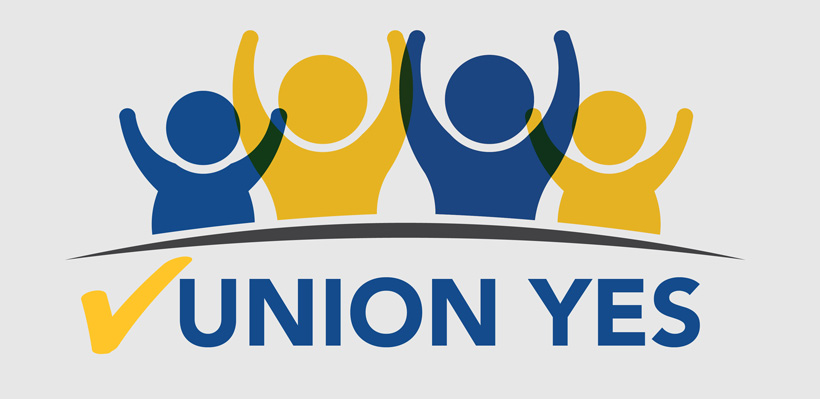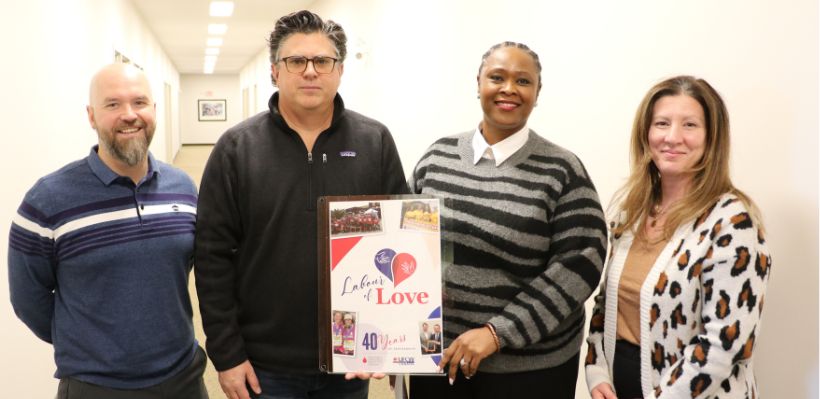
Sheela Sivanesan saw first-hand the impact COVID-19 had on racialized workers at her workplace.
Co-workers would distance themselves from them, strictly because they were East Asian. She saw her co-workers experience hatred and rudeness, with some being blamed for the virus.
“I felt upset for my co-workers who faced this situation and wanted to help them,” Sivanesan said.
As a local union steward and a woman of colour, Sivanesan supported her affected co-workers and took the lead in educating others and correcting misinformation.
“I let others know – that this pandemic is no one’s fault, especially not the fault of our peers and that we are a family,” said Sivanesan. “With a month of proper communication, we were able to revert back to a good working environment where everyone was comfortable with each other like the good old times.”
Sivanesan’s story illustrates some of the many experiences that racialized workers in Ontario have had to deal with since the start of the pandemic. Racialized workers have disproportionately been affected by the pandemic, from facing increased incidents of racism and discrimination to experiencing higher levels of layoffs and financial stress to dealing with higher infection, hospitalization and death rates from COVID-19.
As a woman of colour and a frontline worker, Natasha Grey was devastated when her sister, another frontline worker, contracted COVID-19.
“I was so worried about her,” said Grey, a VicePresident on the Local 1006A Executive Board who said the pandemic has affected her mental health as well.
While her sister recovered from COVID-19, Natasha ended up losing her beloved godson to the virus.
“I get emotional because my last words to my godson was ‘make sure you go and take your shot,’” said Grey, whose grief was compounded by not being able to attend the funeral.“It has been a hard road from last year but I worked hard to keep strong.”
For many racialized workers, existing structures of racism and discrimination have made it more difficult.
Workers of colour often faced barriers to good-paying, secure jobs where they could have worked from home.
Instead, racialized workers were often on the frontlines of the pandemic, working in precarious jobs, with little-tono job security or sick days and greater exposure to other workers and the public.
Racialized workers are more likely to have multiple people living under one roof which means increased exposure.
As for Sivanesan, she also saw the financial impact of the pandemic among her co-workers, who were new immigrants. Without paid sick days, workers were struggling when they were forced to isolate for two weeks.
“It was an extremely difficult time for immigrant families, because they had no other family to rely on in Canada. So, I did what I could and would buy groceries and leave it for them on their doorsteps,” said Sivanesan. “Overall, the pandemic was hard for the workers of colour in our company, especially in the beginning but we were able to get through our problems,” she said. “At the end of the day, we realized we are in this together and this too shall pass.”










